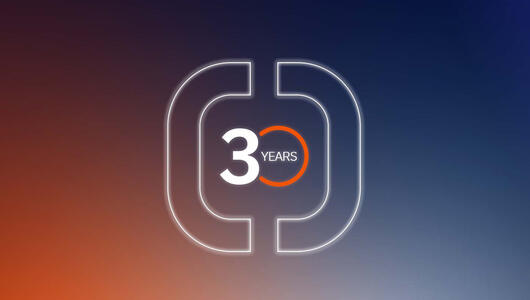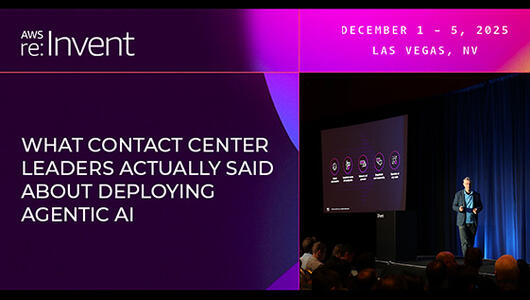Ever feel like there aren’t enough hours in the day?
You can count on Hammer to keep you up-to-date on the latest news, releases, and opportunities in the world of CX and contact center testing and assurance. Check out this month’s top headlines to stay informed and stay ahead.

Top 3 CX insights to take into 2026
Leave your contact center’s lack of visibility and inefficiencies in 2025 and jumpstart your customer experience capabilities in the new year with these insights from our most popular guide.

Celebrating 30 years of unmatched network intelligence
Hammer’s parent company Infovista is celebrating 30 years in the telecom network intelligence industry! See how they’ve evolved and innovated from 1995 to today!

CX Today: AWS re:Invent key takeaways
Visibility and agentic AI took center stage at AWS re:Invent last week – with leaders from the Amazon Connect team addressing how a hybrid human-agentic path can help contact centers achieve their CX goals in 2026.

